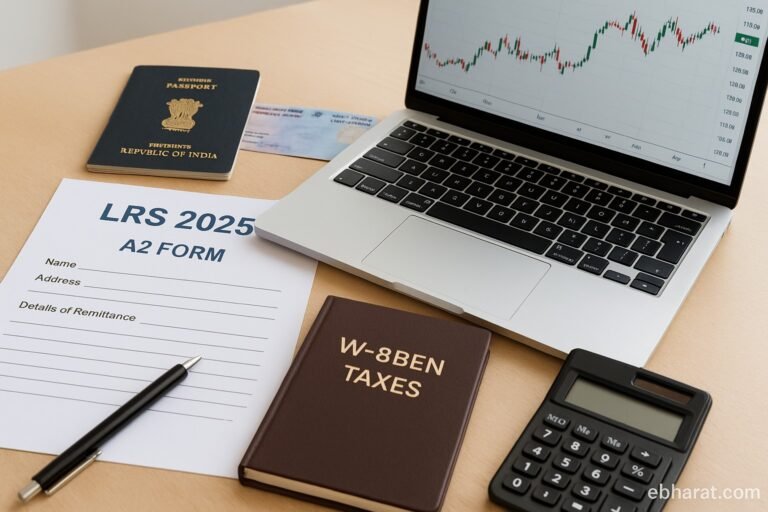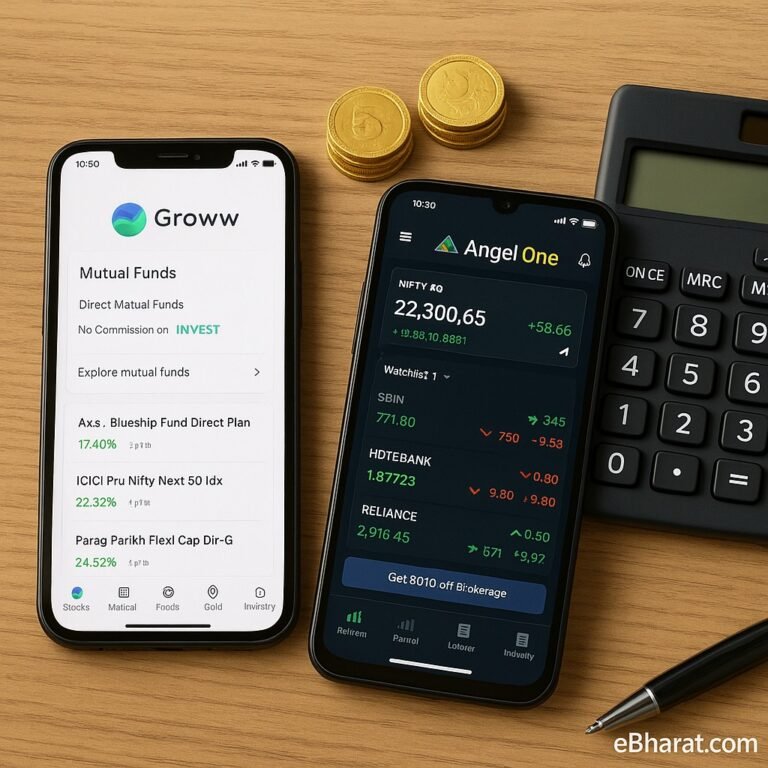
For years, Indian investors had two main choices—buy individual stocks or invest in mutual funds. Smallcase emerged as a middle ground: curated stock portfolios built around a theme or strategy, but held directly in your Demat account.
Think of it as thematic investing: you don’t just buy stocks, you buy a ready-made basket (like “Electric Vehicles in India” or “Top 100 Growth Stocks”).
What Is a Smallcase?
- A Smallcase is a portfolio of stocks/ETFs created by SEBI-registered advisors or fintech platforms.
- They are designed around themes, strategies, or risk profiles.
- Example: A Smallcase for green energy stocks, or one for long-term dividend companies.
- You own the underlying stocks directly in your Demat (not just “units” like in mutual funds).
How Rebalancing Works
Rebalancing = updating the portfolio to keep it aligned with the theme.
- Smallcases are reviewed quarterly by their creators.
- Example: If “EV smallcase” had Tata Motors, Exide, and M&M but analysts decide to remove Exide, you’ll be notified to rebalance.
- You approve the rebalance in your broker app (Zerodha, Groww, Upstox, Angel One).
- The system auto-executes buy/sell orders to adjust holdings.
Benefit → Keeps portfolio updated without you having to research daily.
Fees for Using Smallcase
- Platform Fees: Most brokers (Zerodha, Groww, Upstox) allow free account linking.
- Smallcase Fees:
- One-time charge per transaction (₹100–₹200) OR
- Subscription fee for premium strategies (₹200–₹500/month).
- Brokerage Fees: Standard brokerage of your Demat provider applies (₹20/order typical for Zerodha/Upstox).
Tip: For long-term investors, quarterly rebalancing + one-time fees are cost-efficient.
Risks of Smallcase Investing
While Smallcases are attractive, they are not risk-free.
- Market Risk: If the theme underperforms (e.g., IT or Pharma crash), your portfolio suffers.
- Concentration Risk: Some smallcases hold only 10–15 stocks → lack of diversification.
- Fee Drag: Frequent rebalancing + fees may reduce net returns.
- Liquidity Risk: Smaller stocks inside a Smallcase may have low liquidity, affecting execution.
Smallcase ≠ guaranteed returns. It’s better for medium to long-term investors who believe in a theme.
Smallcase vs Mutual Funds vs DIY Investing
| Feature | Smallcase | Mutual Fund | DIY Stocks |
|---|---|---|---|
| Ownership | Direct stocks in Demat | Units in pooled fund | Direct stocks |
| Rebalancing | Quarterly / Thematic | Fund manager discretion | Manual, your choice |
| Fees | ₹100–₹500 + brokerage | Expense ratio (0.5%–2%) | Brokerage only |
| Risk | Theme-specific risk | Diversified risk | Depends on stock picks |
Smallcases are an exciting bridge between DIY stock picking and mutual funds. They give you control, transparency, and themes—but come with market risk and fees.
If you believe in India’s long-term growth stories (EV, green energy, digital finance), Smallcase could be a smart addition to your portfolio.
🔎 Explore Powerful Financial Tools
From SIP calculators to gold bonds, brokers to Smallcase—discover smart tools that help you grow wealth, save tax, and plan better for the future.
Explore Financial Tools












